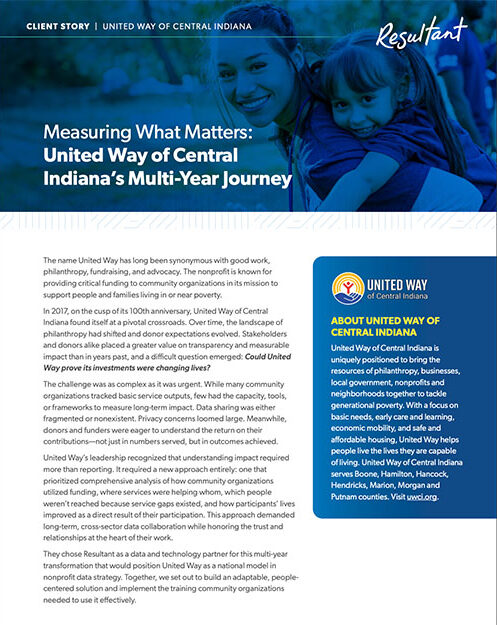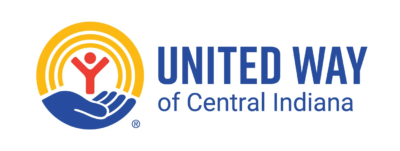Measuring What Matters: United Way of Central Indiana’s Multi-Year Journey
Share
Stakeholders and donors alike placed a greater value on transparency and measurable impact than in years past, and a difficult question emerged: Could United Way prove its investments were changing lives?
The Challenge
A mission worth measuring
To understand whether program participants made sustained progress, United Way needed to track outcomes like income growth, educational attainment, and employment stability not just at a moment in time, but over multiple years.
Laying the groundwork: metrics, systems, and partnerships
Building trust, one partner at a time
How sharing data insights enables stronger, collaborative solutions
From descriptive to strategic: How data informs decisions
Lessons learned and the road ahead
By investing in data, United Way hasn’t just improved reporting. They’ve built a foundation for more equitable, effective, and accountable impact. They’ve brought their mission into sharper focus, ensuring that every investment helps move a person or family not just out of crisis, but toward lasting stability.





